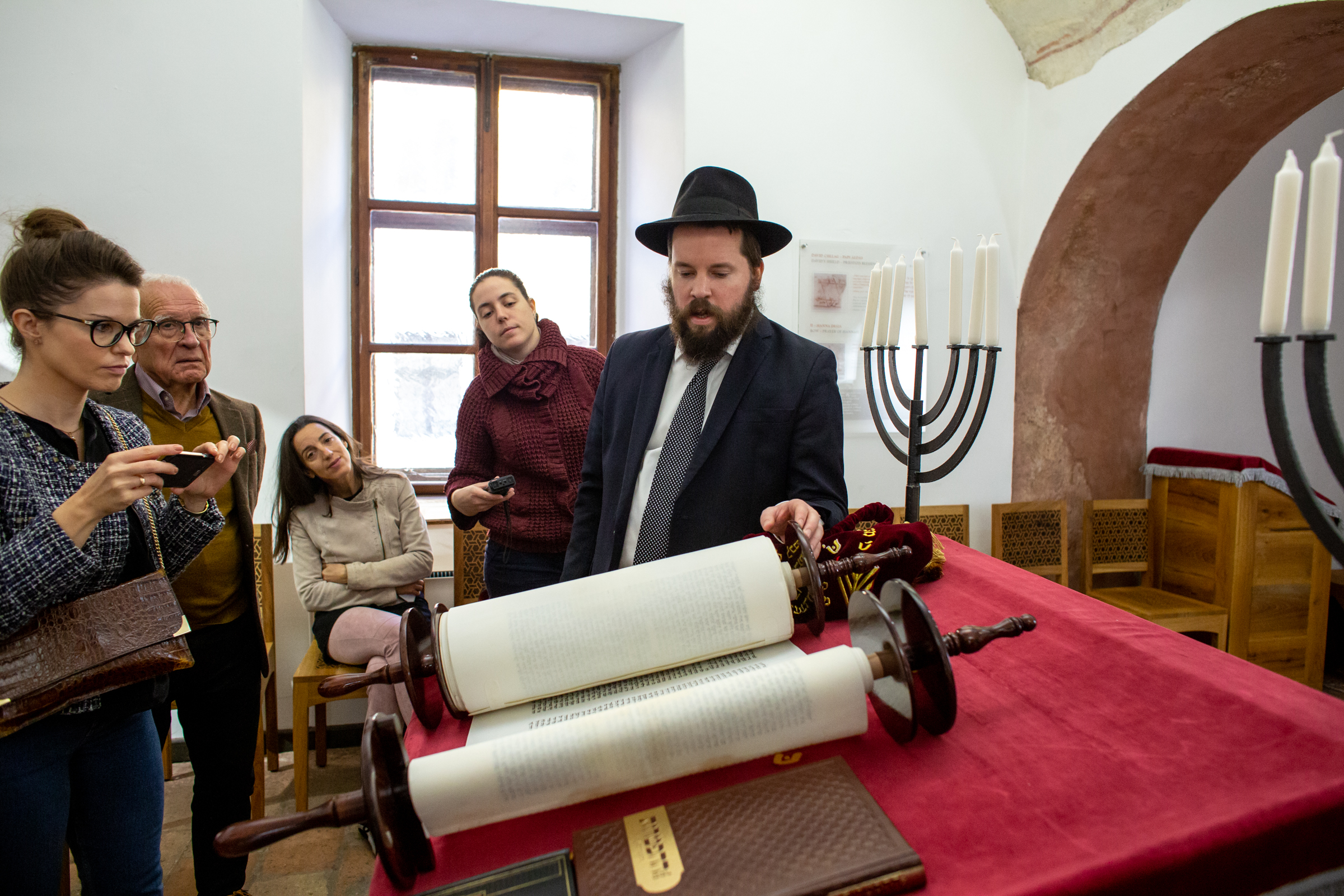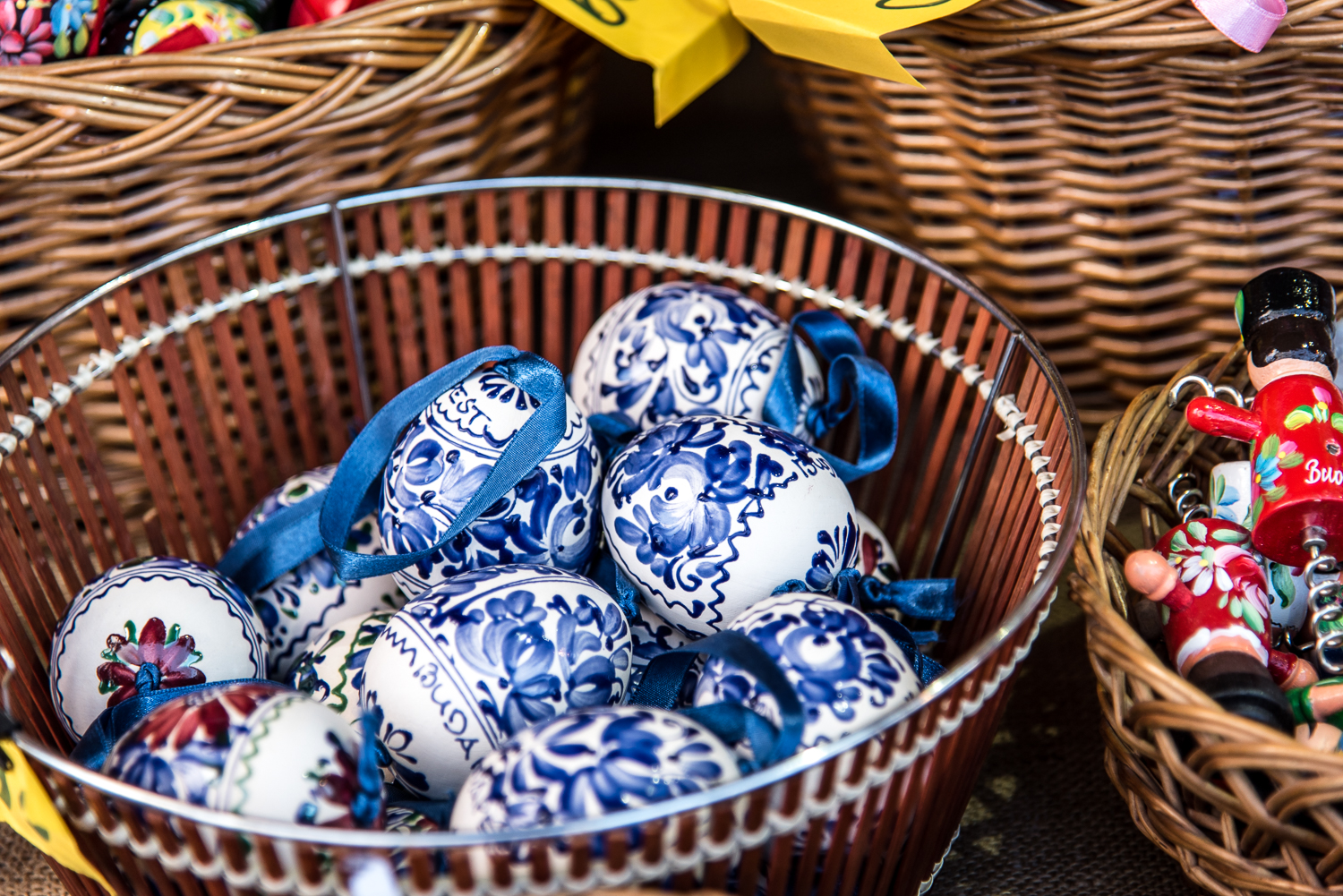Ever since the city of Buda was founded, there has been a Jewish community living here, with smaller or major interruptions. The first Jewish District was established as soon as King IV Béla fortified Buda, and was only knocked down around 1420 due to the construction of the Royal Palace. The first synagogue in the community had been built on Dísz tér. Its ruins, discovered in 2005, suggest that it may have looked similar to the Old New Synagogue in Prague. Although only one and a half metres below paved road, its location made excavation impossible, so there is no sign indicating its exact layout.
During the Turkish Occupation of Hungary, Sultan Suleyman allowed Jews to return to their abandoned homes, so a second Jewish Quarter was created. Its biggest synagogue was at Táncsics Mihály utca 23, discovered 1964-65 and yet to be excavated. Just across the road was a smaller Prayer House, discovered in 1968. It has just been rebuilt and now regains its original function.
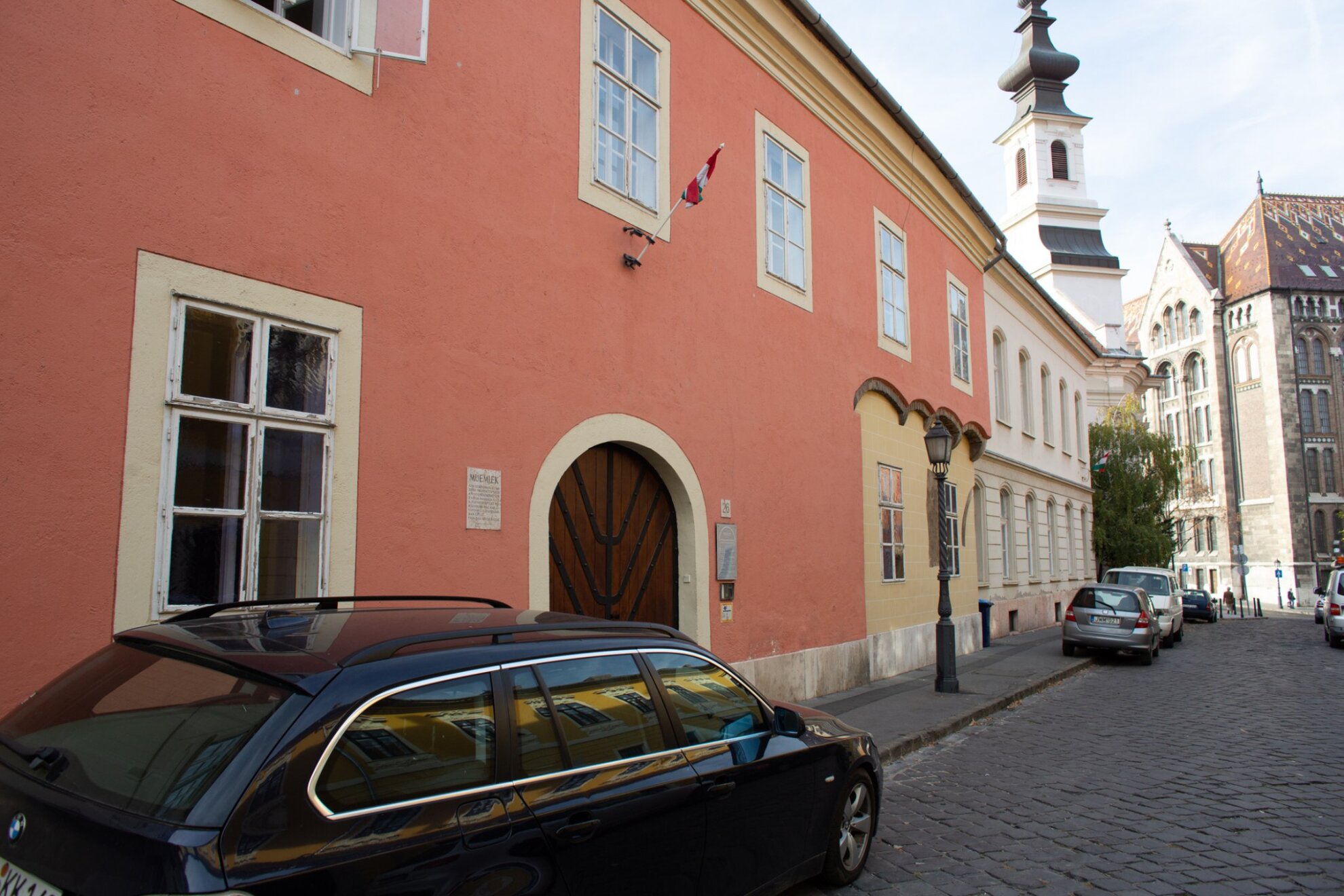
During its excavation, the first clue to suggest that it was an Askhenazi synagogue was the two fragments of frescos found on the gate, still visible today. One depicts the Star of David, while the other a bow, referring to Hannah’s Prayer from the Book of Samuel. A linguist and literary historian explained that the spelling was an attribute of the Sephardi Jews of Turkish times.
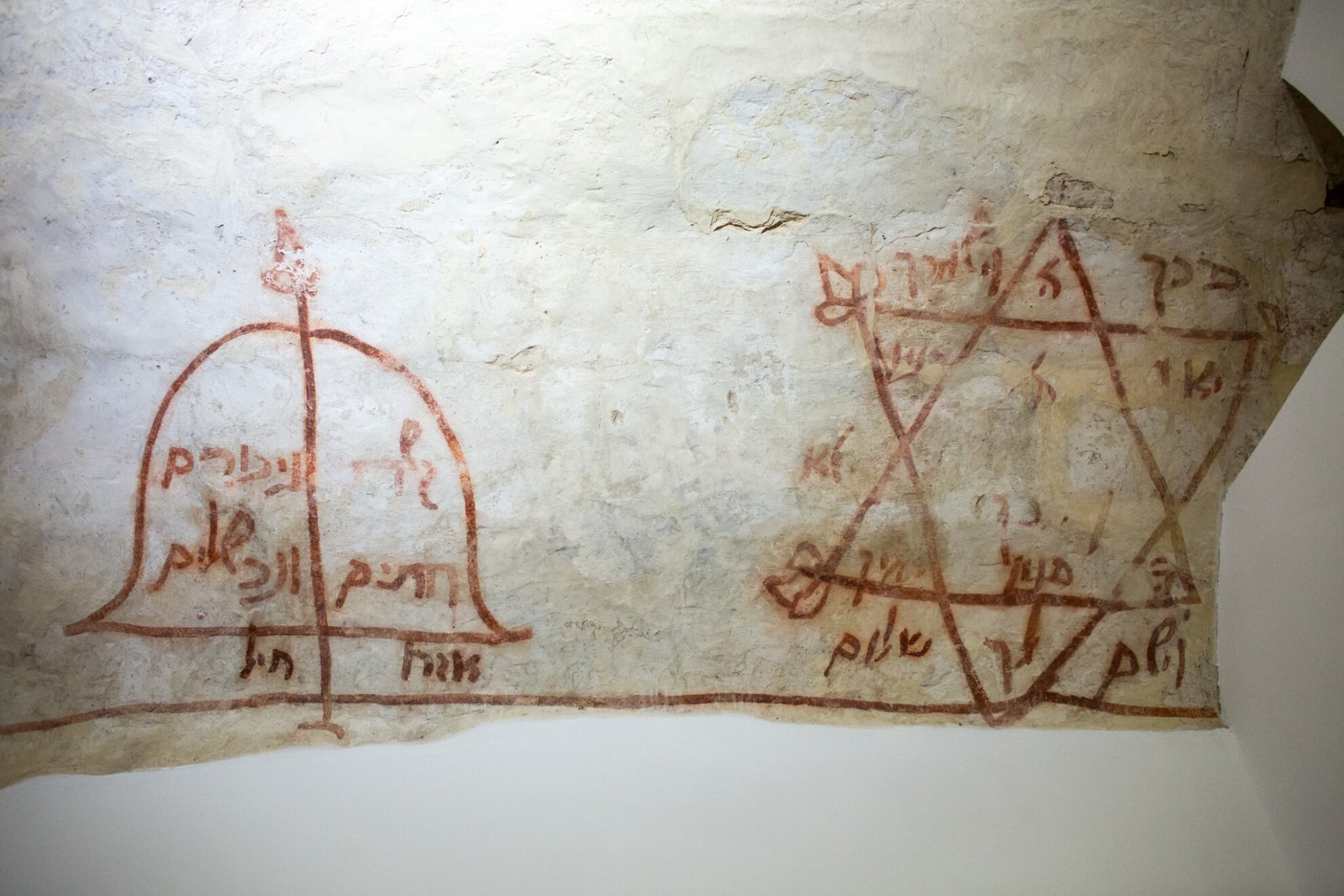
Thanks to this reopening, Jewish religious life can return to the Castle District, where no synagogue has existed for generations. The Prayer House can welcome 70 people at any one time and was packed for its recent opening. For now, worships are held on special holidays, on Friday evenings and on Saturdays. During the week, the building continues to be an exhibition hall.
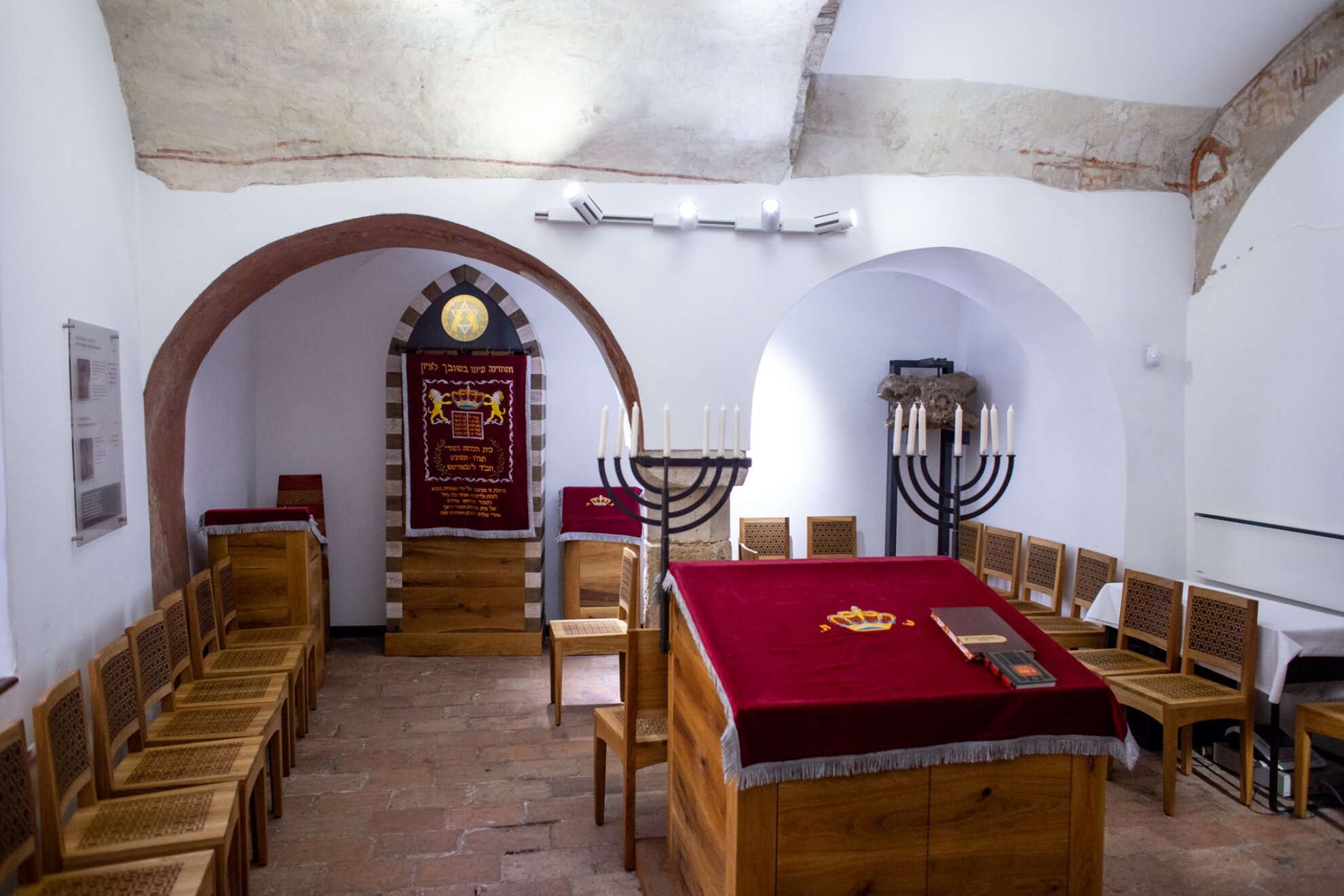
Around Budapest, several thousand Jews are thought to practise their religion on special holidays. The community is bigger on the Pest side, where there are more synagogues, but the special atmosphere of this new place of worship should attract more people over the river.
